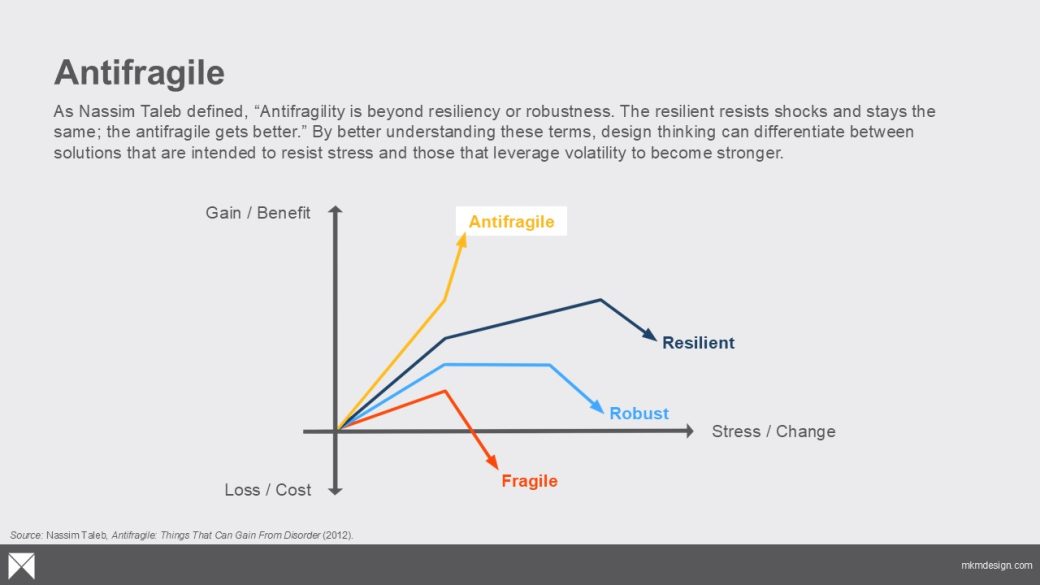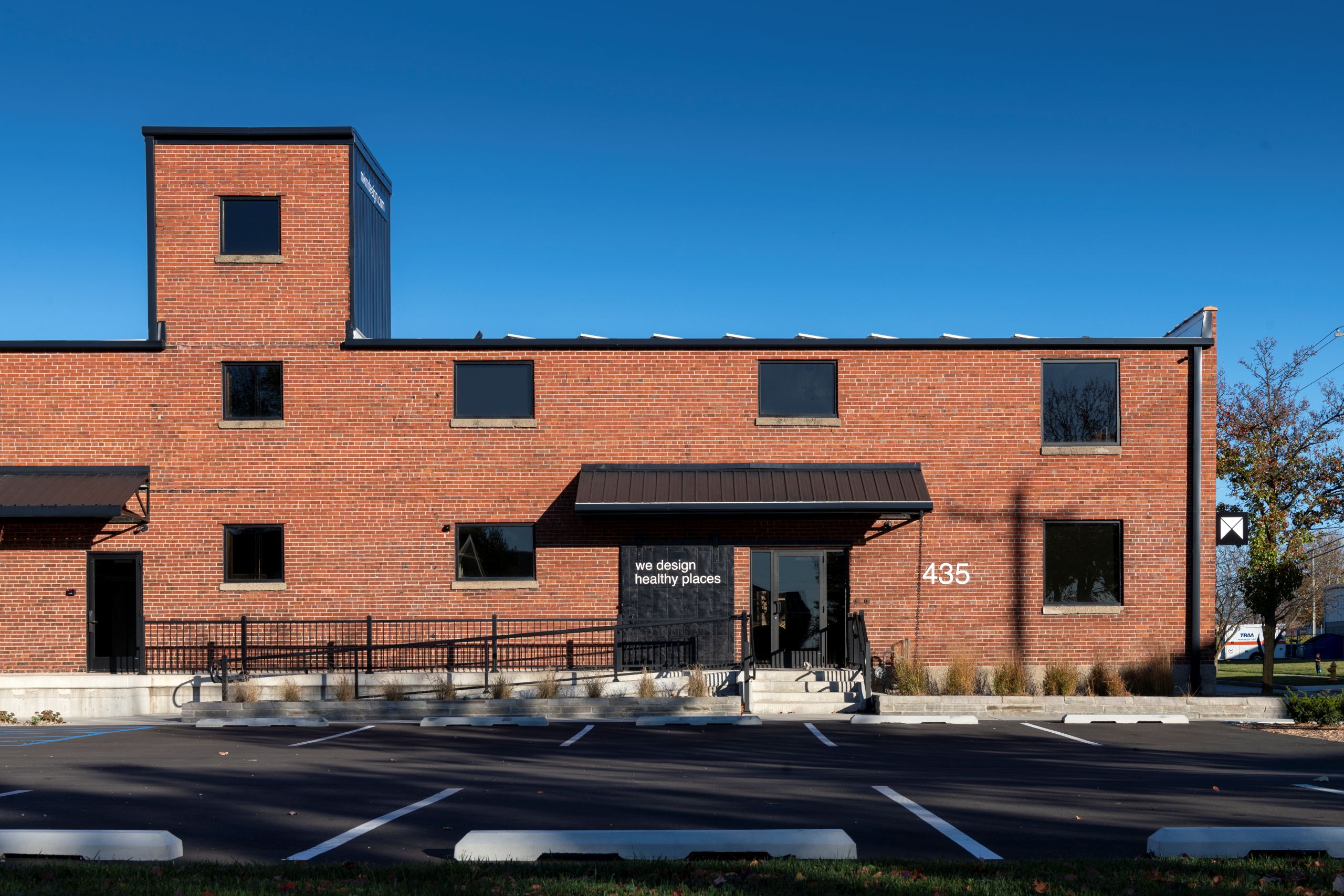MKM's office is now listed on the National Register of Historic Places. Pennsylvania Produce Terminal District honors the neighborhood’s past and future.
“Some things benefit from shocks; they thrive and grow when exposed to volatility, randomness, disorder, and stressors, and love adventure, risk, and uncertainty. Yet, despite the ubiquity of the phenomenon, there is no word for the exact opposite of fragile. Let us call it antifragile. Antifragility is beyond resilience or robustness. The resilient resists shocks and stays the same; the antifragile gets better. This property is behind everything that has changed with time: evolution, culture, ideas, revolutions, political systems, technological innovation, cultural and economic success, corporate survival, good recipes (say, chicken soup or steak tartare with a drop of cognac), the rise of cities, cultures, legal systems, equatorial forests, bacterial resistance … even our own existence as a species on this planet. And antifragility determines the boundary between what is living and organic (or complex), say, the human body, and what is inert, say, a physical object like the stapler on your desk.”





